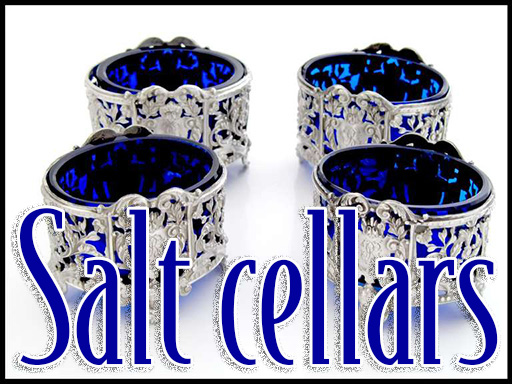
Oh, how tempting it is to attend an art and antique show and purchase the first item that captures your eye. The most respectable and successful art collectors, however, possess a robust knowledge of the industry, its trends, and what constitutes a quality piece.
Make the most of your art buying experience (and refrain from embarrassing yourself in front of your peers). All serious collectors should know – at the very least – a few basic terms. Here are some I’ve compiled for you…no need to thank me.

Carat (vs. Karat): The unit of measurement for precious stones and pearls, referring to the weight and abbreviated as CT. Karat is the unit of measurement for gold, which indicates the amount of gold within a piece rather than the weight (abbreviated as KT).
Caveat Emptor: Two of the most important words for a prospective buyer; they are meant to remind buyers that there is no definite guarantee on an item – they are assuming all risk.
Ephemera: Antique objects and items that were originally considered to be “ephemeral” or short-term, i.e., postcards, political campaign collateral, event invitations, etc.
Ex Libris: Another Latin phrase meaning “from the library of,” usually referring to an antique book that was owned by a valued member of society.
Provenance: An item’s full history – not just the artist and time period, but where it has been sold, who has owned it, and where it has previously been exhibited.
Red dot: The sticker placed on an artist/price card indicating that the item or lot has been sold or placed on hold.
This mere sampling was designed simply to whet your palette, so if it seems to be too much to handle, perhaps you should consider hiring an art adviser – one who uses their extensive art history and buying education to help you appear to be the worldly, refined collector you’ve always dreamed of being.
Until next time…








